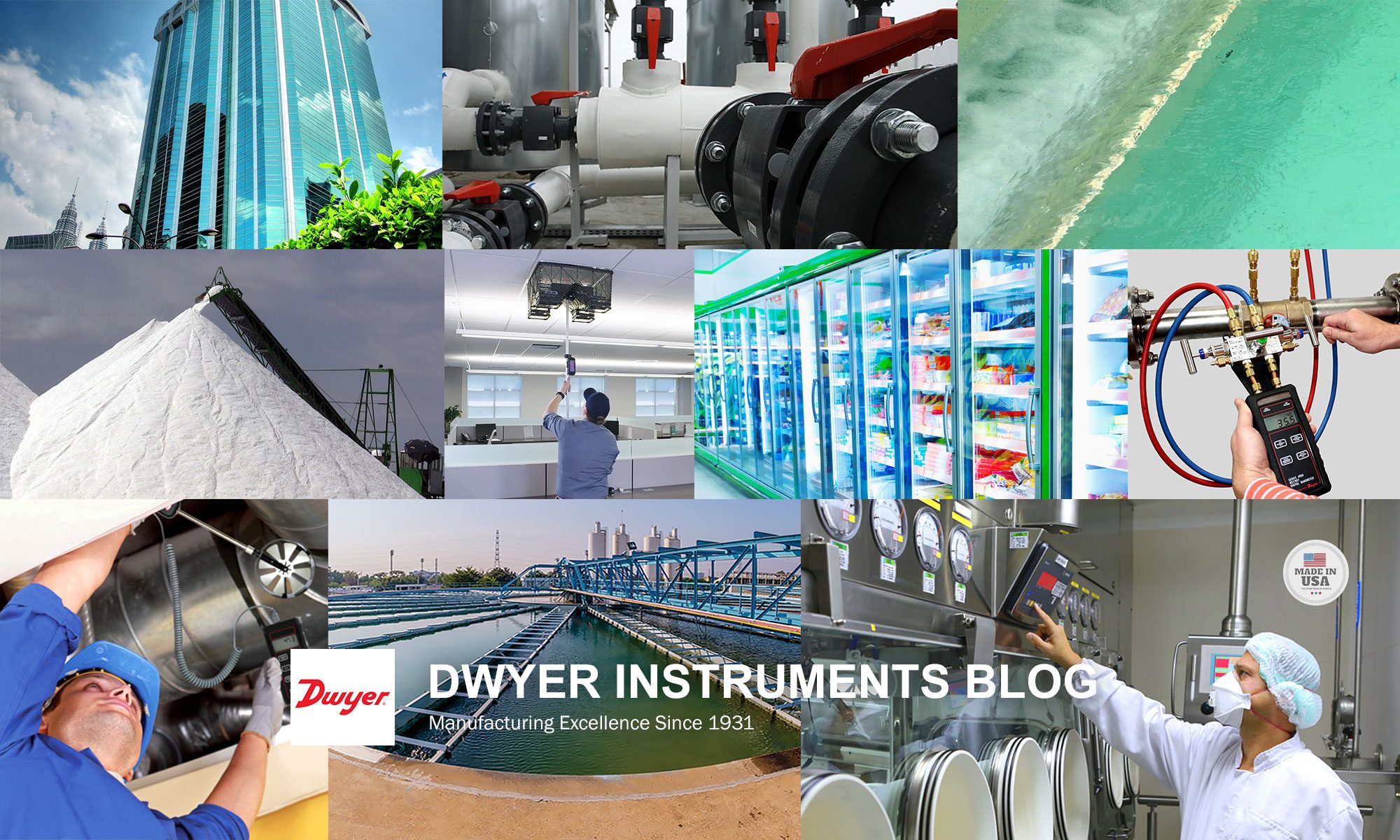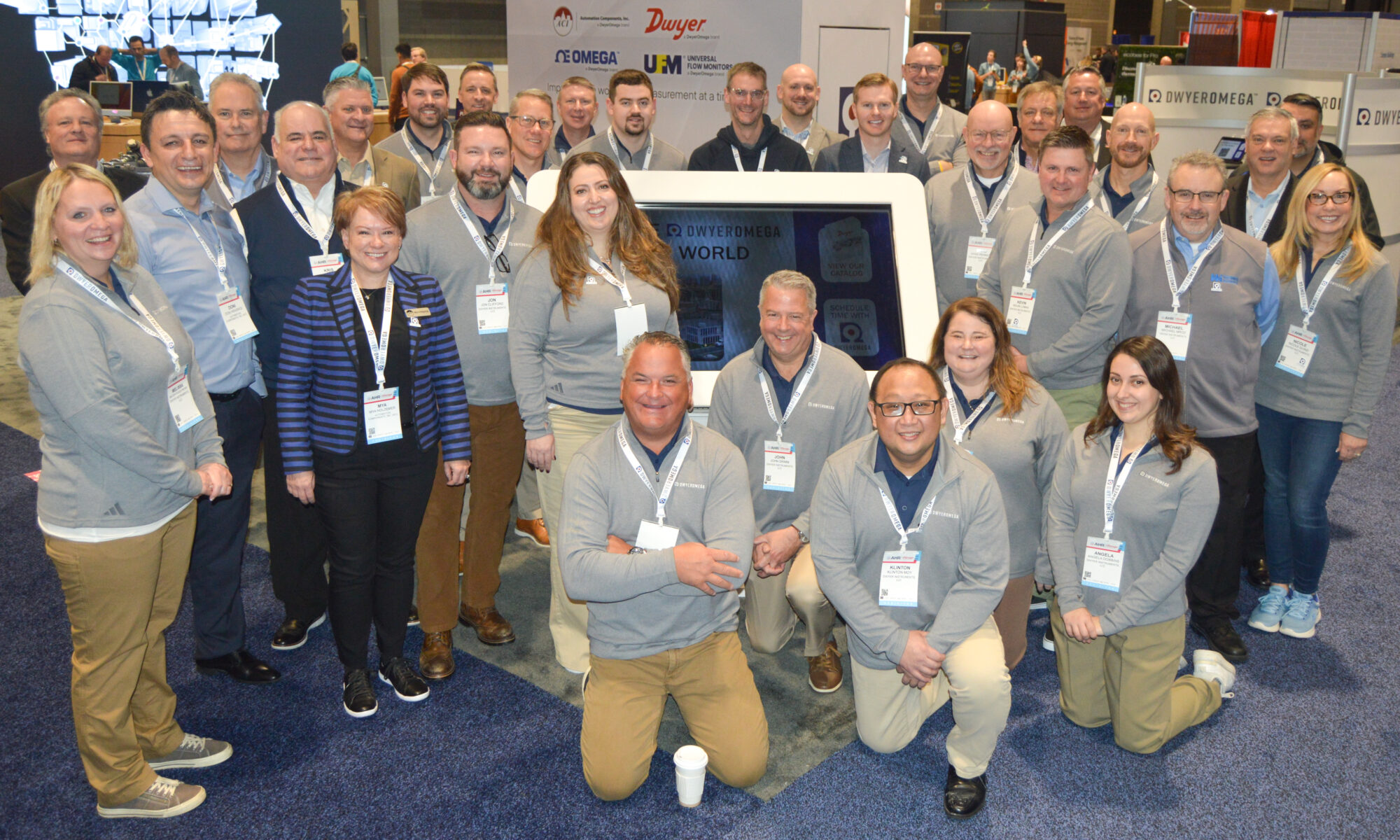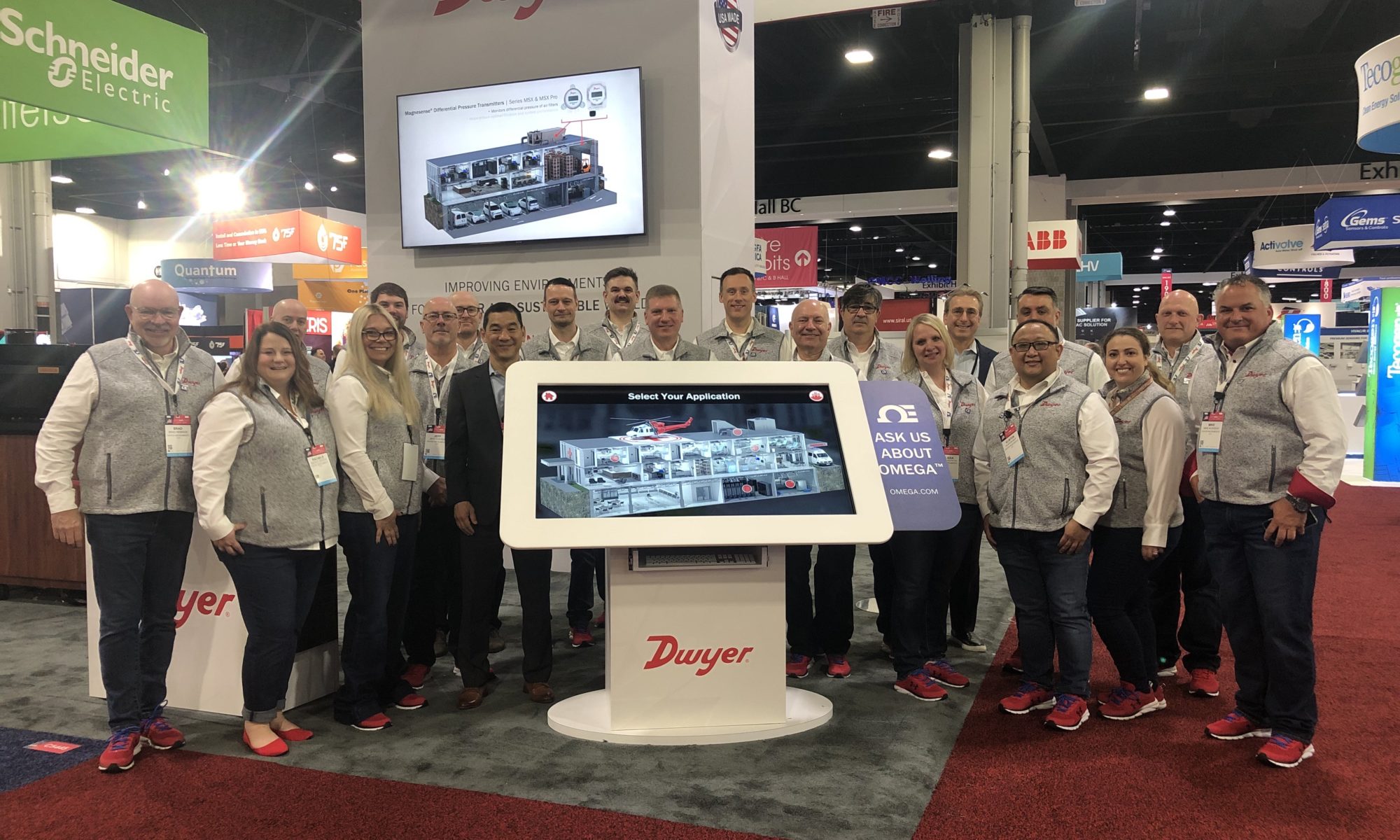The curtain has fallen on two fantastic tradeshows, AHR Expo and World of Concrete, and we’re still buzzing with excitement! We want to extend a heartfelt thank you to all the amazing customers, partners, and teammates who made these events unforgettable. Continue reading “Reflections: AHR Expo, World of Concrete, and What’s Next!”
On the Job with Dwyer: Series 490W Wireless Hydronic Differential Pressure Manometer
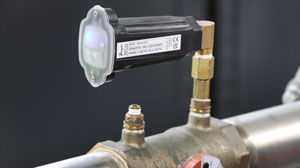
Dwyer’s Series 490W Wireless Hydronic Differential Pressure Manometer is the most accurate and easy-to-operate manometer on the market. Along with wireless transducers and a mobile device, a single operator using a 490W can monitor and balance a hydronic system in less time and with less manpower than would be possible using a traditional hydronic balancer. In addition, being wireless, the 490W has zero hoses or manifolds – meaning there are no annoying attachments that need to be carried, that can snag onto equipment, or that need to be drained between readings. Continue reading “On the Job with Dwyer: Series 490W Wireless Hydronic Differential Pressure Manometer”
Thanks for Visiting Us at AHR Expo!
Today is the last day of AHR Expo, and the show is beginning to settle down as we all head back to our normal day-to-day. We hope that all of our teammates, partners, customers, and acquaintances have safe travels wherever you are headed to. Continue reading “Thanks for Visiting Us at AHR Expo!”
Upcoming Trade Shows – Visit Us at World of Concrete and AHR Expo!
As we welcome the new year, we’re happy to announce our team will be attending two trade shows over the next few weeks: World of Concrete (January 17-19) and AHR Expo (February 6-8). Continue reading “Upcoming Trade Shows – Visit Us at World of Concrete and AHR Expo!”
During the Pandemic: A Study of School Air Management
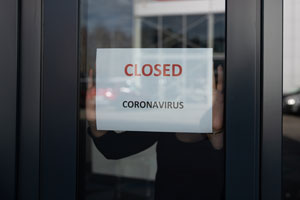 Partially or completely closed school facilities have been the reality of many school corporations and families across the country since we were struck by the COVID-19 pandemic. It has effectively targeted our preparedness; changing how we view building’s HVAC systems, indoor air quality (IAQ), and even how parents and teachers view which schools are the safest, best institutions for themselves and their families. Continue reading “During the Pandemic: A Study of School Air Management”
Partially or completely closed school facilities have been the reality of many school corporations and families across the country since we were struck by the COVID-19 pandemic. It has effectively targeted our preparedness; changing how we view building’s HVAC systems, indoor air quality (IAQ), and even how parents and teachers view which schools are the safest, best institutions for themselves and their families. Continue reading “During the Pandemic: A Study of School Air Management”
